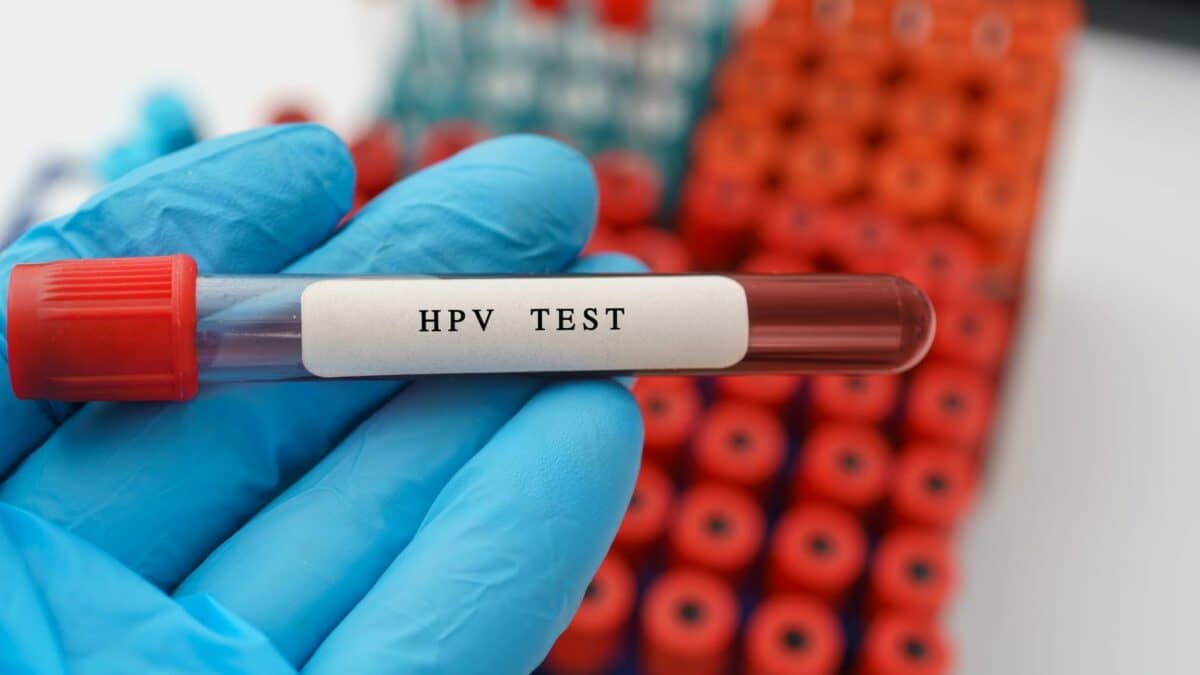HPV Testing

Human Papillomavirus (HPV) is a group of more than 200 related viruses, with some strains posing significant health risks, particularly in relation to cervical cancer. HPV testing is an essential screening tool used to detect the presence of high-risk HPV strains that can lead to cervical cancer. Here’s an in-depth look at what HPV testing involves, why it’s important, and what you can expect.
What is HPV Testing?
HPV testing is a procedure that checks for the presence of high-risk types of HPV in the cervical cells. Unlike a Pap smear, which looks for cell changes that might become cervical cancer, an HPV test identifies the virus that can cause these changes. This test can be done alone or at the same time as a Pap smear (co-testing).
Why is HPV Testing Important?
- Early Detection: HPV testing can detect high-risk HPV infections before they cause any changes to the cervical cells. Early detection allows for close monitoring and early intervention, which can prevent the development of cervical cancer.
- Risk Assessment: Identifying the presence of high-risk HPV types helps assess the risk of cervical cancer more accurately. This information can guide further testing and treatment decisions.
- Screening Frequency: HPV testing can influence the frequency of future screenings. Women with negative HPV test results may not need to be screened as often as those with positive results.
Who Should Get HPV Testing?
HPV testing is generally recommended for:
- Women aged 30 and older as part of routine cervical cancer screening.
- Women of any age who have had abnormal Pap smear results.
- Women under 30 in certain circumstances, such as if they have an abnormal Pap smear result or are at high risk for HPV infection.
The HPV Testing Process
- Preparation: There is no special preparation required for an HPV test, but it’s recommended to avoid intercourse, douching, or using vaginal medications or spermicides for at least 24 hours before the test. The test is best scheduled when you are not menstruating.
- Procedure: During the procedure, you will lie on an exam table and place your feet in stirrups. The healthcare provider will insert a speculum into the vagina to widen it and allow access to the cervix. Using a small brush or spatula, they will collect cells from the cervix. This sample is sent to a laboratory for analysis.
- Results: Results typically come back within a week or two. A negative result means no high-risk HPV types were detected, while a positive result indicates the presence of high-risk HPV types. Your healthcare provider will explain what the results mean for your health and recommend any further steps.
Interpreting the Results
- Negative HPV Test: This means you do not have a high-risk HPV infection. You can continue with routine screening as recommended by your healthcare provider.
- Positive HPV Test: This means you have a high-risk HPV infection. It does not mean you have cervical cancer, but it does indicate that you are at a higher risk. Your healthcare provider may recommend additional tests, such as a colposcopy, to examine the cervix more closely.
HPV Vaccination
While HPV testing is crucial for early detection, prevention through vaccination is also highly effective. The HPV vaccine protects against the most common high-risk HPV types. It is recommended for preteens (boys and girls) at age 11 or 12, but it can be given as early as age 9 and up to age 45.
